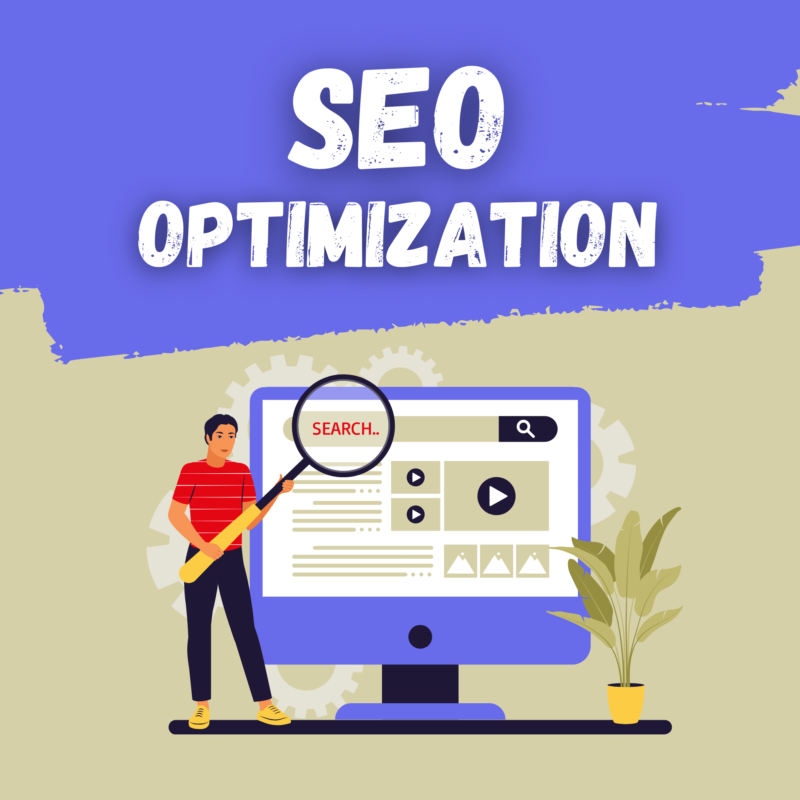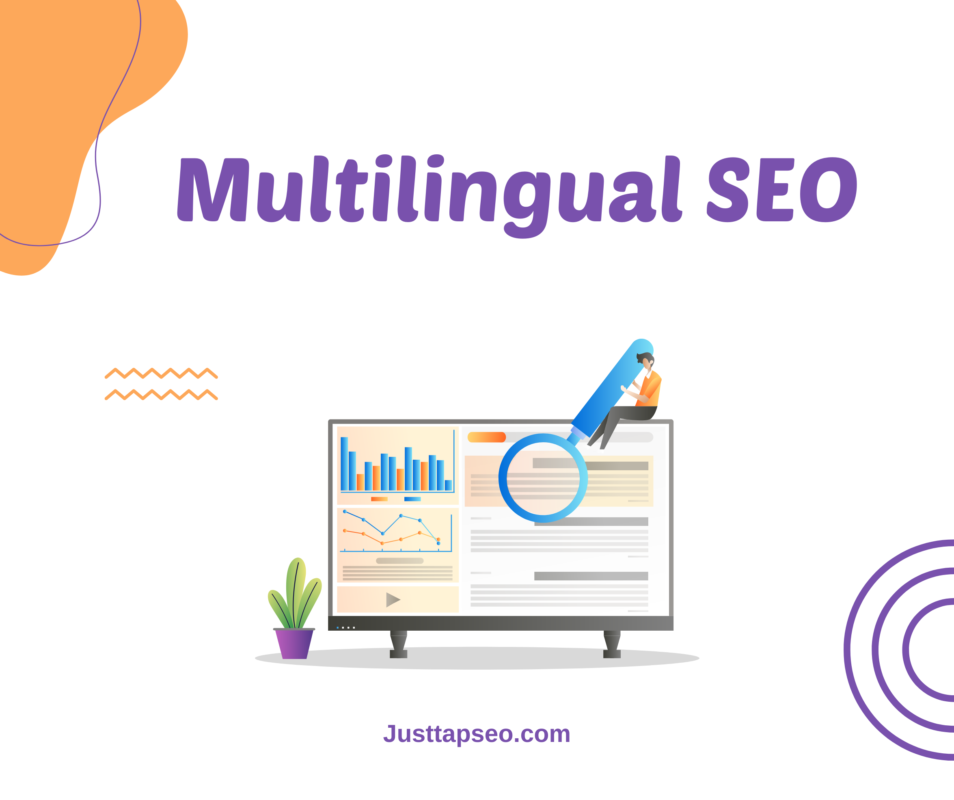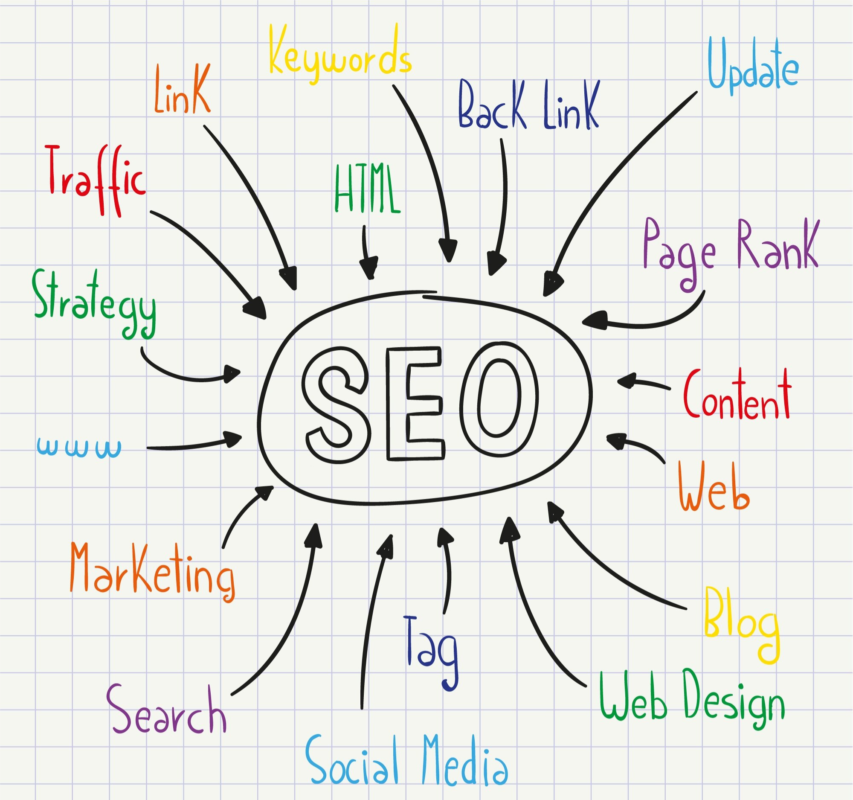In today’s globalized world, e-commerce businesses are no longer limited by borders. If you’re not leveraging multilingual SEO, you’re missing out on a massive opportunity. With over 60% of global internet users browsing in languages other than English, optimizing your e-commerce site for multiple languages is essential for success.
This blog will explore why multilingual SEO is crucial for e-commerce, how it can boost your sales, and actionable strategies to implement it effectively. Let’s dive in!
The Growing Importance of Multilingual SEO in E-commerce
The e-commerce industry is booming, with global sales expected to reach $6.3 trillion by 2024. However, competition is fierce. To stand out, you need to reach customers in their native languages.
Key Statistics:
- 75% of consumers prefer to buy products in their native language.
- 60% of global Google searches are in languages other than English.
- Websites with multilingual SEO see a 47% increase in traffic.
Multilingual SEO isn’t just a nice-to-have—it’s a necessity for e-commerce success.
Benefits of Multilingual SEO for E-commerce
1. Reach a Global Audience
By optimizing your site for multiple languages, you can tap into new markets and reach customers worldwide.
2. Improve User Experience
Customers are more likely to buy from a website that speaks their language. Multilingual SEO ensures a seamless shopping experience.
3. Boost Search Engine Rankings
Search engines prioritize websites that cater to local audiences. Multilingual SEO helps you rank higher on Google, Baidu, and other search engines.
4. Increase Conversions and Sales
A localized shopping experience builds trust, leading to higher conversion rates and repeat purchases.
Step 1: Conduct Multilingual Keyword Research
Keyword research is the foundation of any SEO strategy. For multilingual e-commerce SEO, it’s even more critical.
Use Localized Keyword Tools
- For English keywords, use Google Keyword Planner or Ahrefs.
- For non-English keywords, use tools like Baidu Keyword Tool (China) or Yandex Wordstat (Russia).
Understand Search Intent
Search intent varies by language and region. For example:
- In the USA, users might search for “best running shoes.”
- In China, the same search might be “最佳跑鞋” (best running shoes).
Avoid Direct Translations
Direct translations often miss the mark. Instead, focus on culturally relevant phrases. For instance, “e-commerce” in English might translate to “电商” (diàn shāng) in Chinese.
Pro Tip: Use tools like SEMrush or Moz to analyze keyword trends across different regions.
Step 2: Optimize Your E-commerce Website Structure
Your website structure plays a huge role in multilingual SEO. Here’s how to get it right:
Use Hreflang Tags
Hreflang tags tell search engines which language and region your content is targeting. For example:
html
Copy
<link rel=”alternate” hreflang=”en-us” href=”https://www.example.com/us/” />
<link rel=”alternate” hreflang=”zh-cn” href=”https://www.example.com/cn/” />
Run HTML
This ensures users see the correct language version of your site.
Create Separate URLs
Use separate URLs for each language version, like:
- example.com/us/ for the USA
- example.com/cn/ for China
This makes it easier for search engines to index and rank your pages.
Implement XML Sitemaps
Submit separate XML sitemaps for each language version to Google Search Console and Baidu Webmaster Tools. This helps search engines crawl and index your site more efficiently.
Step 3: Localize Your Product Descriptions and Content
Localization goes beyond translation. It’s about adapting your content to resonate with local audiences.
Use Culturally Relevant Examples
For instance, a product description for winter coats might highlight warmth for the USA and style for China.
Adapt to Local Dialects
Mandarin is the official language in China, but regional dialects like Cantonese are also important.
Use Local Currency and Units
- Use USD for the USA and RMB for China.
- Use imperial units (miles, pounds) for the USA and metric units (kilometers, kilograms) for China.
Pro Tip: Hire professional translators who understand SEO to ensure your content is both accurate and optimized.
Step 4: Optimize for Mobile
Mobile optimization is crucial for e-commerce SEO. Over 60% of global web traffic comes from mobile devices.
Make Your Site Responsive
Ensure your website adapts to different screen sizes.
Improve Page Speed
Use tools like Google PageSpeed Insights and Baidu Site App to optimize load times.
Avoid Pop-Ups
Pop-ups can ruin the mobile user experience. Use them sparingly.
Step 5: Build Local Backlinks
Backlinks are a key ranking factor for SEO. For multilingual e-commerce SEO, you need region-specific backlinks.
USA: Focus on Authority Sites
- Earn backlinks from reputable .edu and .gov sites.
- Partner with industry blogs and influencers.
- Use tools like Ahrefs to track your backlink profile.
China: Leverage Local Platforms
- Partner with Chinese websites, forums, and social media platforms like Weibo and WeChat.
- Submit your website to Chinese directories like Hao123.
- Use Baidu Webmaster Tools to monitor your backlink profile.
Step 6: Monitor and Adjust
SEO is an ongoing process. Use analytics tools to track your performance:
- Google Analytics for English-speaking regions.
- Baidu Analytics for China.
Regularly review your rankings, traffic, and conversions. Adjust your strategy based on what’s working and what’s not.
Common Multilingual SEO Mistakes to Avoid
- Ignoring Local Search Engines: Don’t focus solely on Google. Baidu, Yandex, and other local search engines are equally important.
- Poor Translation: Avoid using automated translation tools. Hire professional translators who understand SEO.
- Duplicate Content: Ensure each language version has unique content to avoid penalties.
- Neglecting Technical SEO: Hreflang tags, XML sitemaps, and structured data are essential.
Tools for Multilingual E-commerce SEO
Here are some tools to streamline your efforts:
- Google Keyword Planner: For English keyword research.
- Baidu Keyword Tool: For Chinese keyword research.
- Ahrefs/SEMrush: For competitive analysis.
- DeepL: For accurate translations.
- Baidu Webmaster Tools: For monitoring performance in China.
Conclusion
Multilingual SEO is no longer optional for e-commerce businesses—it’s a necessity. By reaching customers in their native languages, you can improve user experience, boost search engine rankings, and increase sales.From conducting multilingual keyword research to optimizing your website structure, the strategies outlined in this blog will help you succeed in global markets. Remember, multilingual SEO is a long-term investment. Stay consistent, monitor your progress, and adapt as needed. You can contact us for a multilingual E-commerce SEO plan; we will handle everything for you.

















